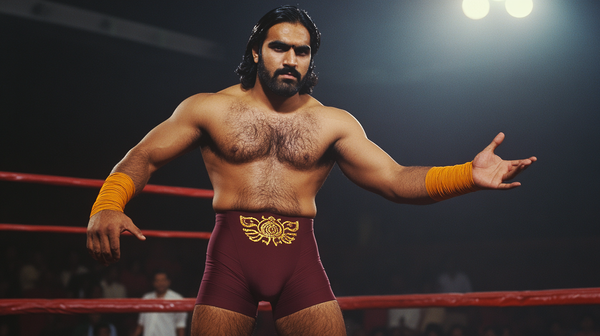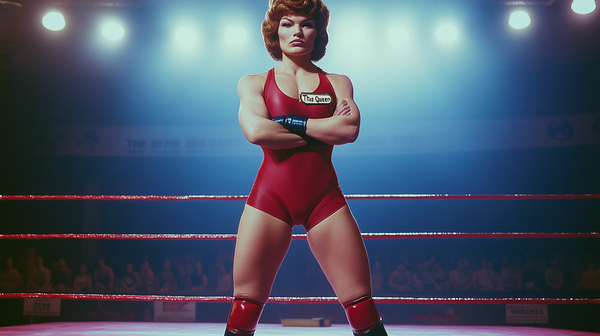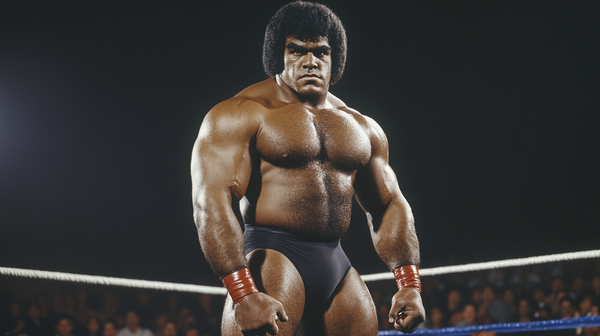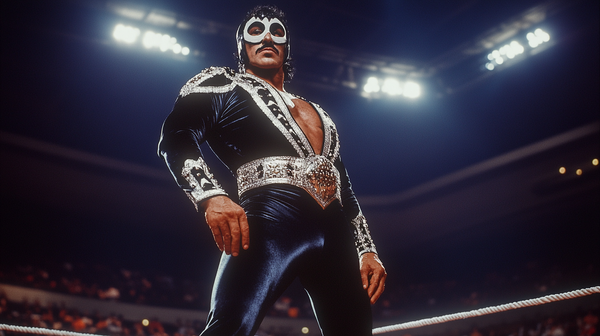"Last Call" Mick Murphy
Bar-brawling, whiskey-soaked, and perpetually bitter, "Last Call" Mick Murphy was the GWA's quintessential working-class warrior. His fists told the story of a family legacy lost to corporate greed and a man who never stopped fighting back, even when the battle seemed hopeless.
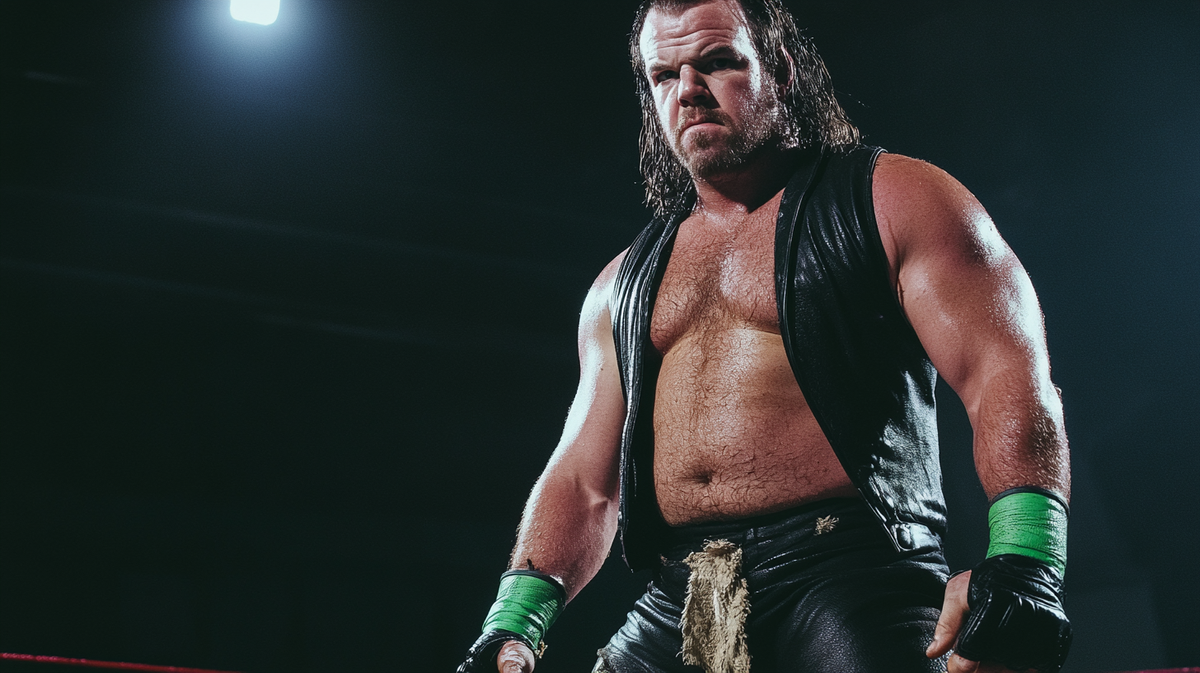
BASIC INFORMATION
Ring Name: "Last Call" Mick Murphy
Nickname(s): The Barroom Brawler
Origin: Pasadena, CA
Height: 6'1"
Weight: 234 lbs
Finishing Move: "Last Orders" (Cobra Clutch)
CHARACTER PROFILE
Background
Born into a family of bartenders who owned Murphy's Public House, Mick grew up breaking up fights and living the blue-collar life until a corporate chain bought out their block in the early 1980s, putting the family business under. Taking this loss personally, Murphy channeled his bitterness and bar-brawling skills into professional wrestling, joining the GWA in 1983. He never reached main event status but became a respected mid-carder and foundational talent. His perpetual struggles with alcohol and self-destructive tendencies mirrored his in-ring persona – a man fighting against a system he could never truly defeat, yet refusing to stay down.
Personality Traits
- Bitter and resentful toward corporate America and the wealthy
- Fiercely loyal to blue-collar values and working-class fans
- Brutally honest, even when it burns bridges
- Respected for his toughness despite his flaws
PRESENTATION
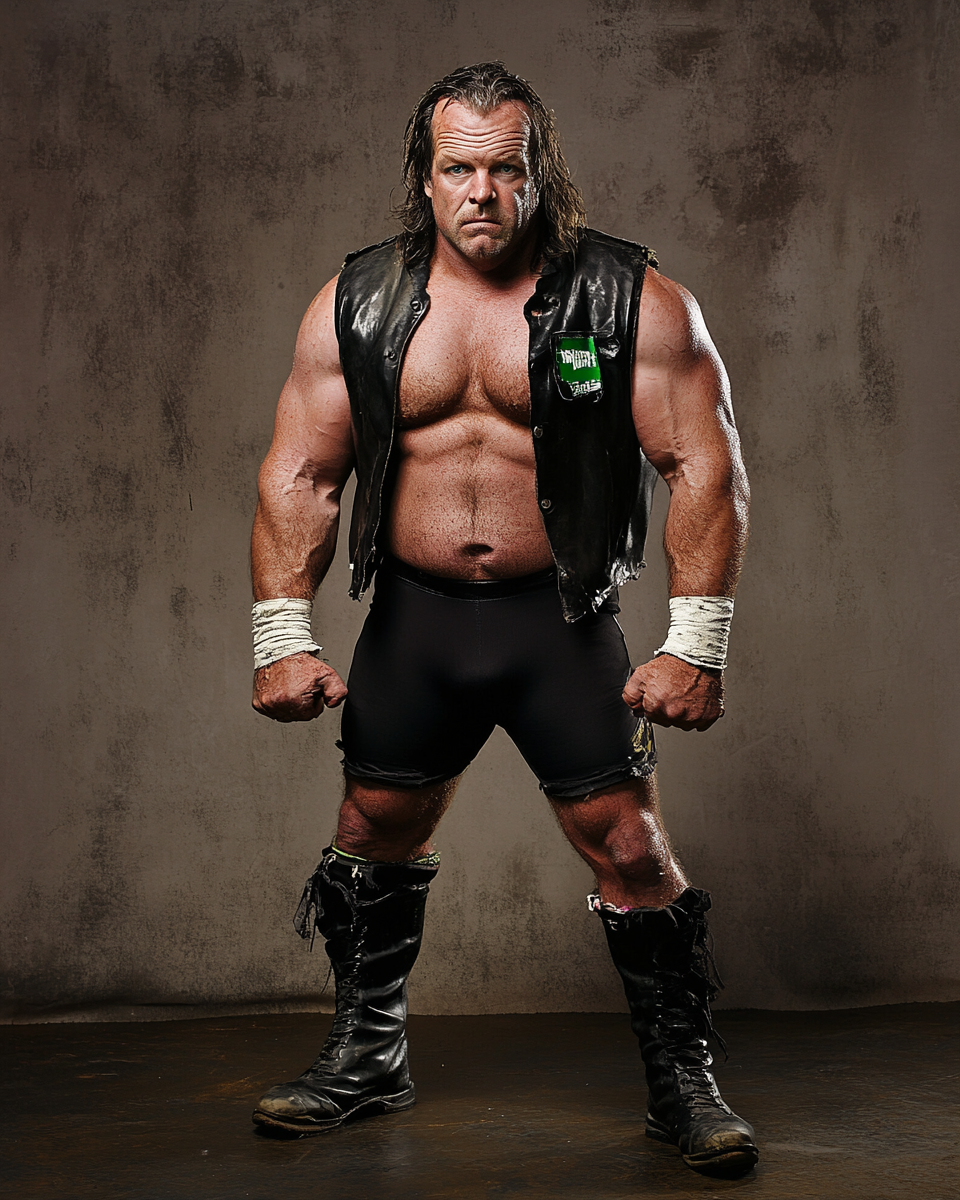
Physical Appearance
Murphy looked like he stepped straight out of a dive bar into the ring. His square, rugged face bore the scars of countless fights, with a crooked, repeatedly broken nose and piercing, often bloodshot blue eyes. His dark brown hair with streaks of gray hung messily just past his ears, accompanied by a perpetual five o'clock shadow.
His ring attire was deliberately no-nonsense: black trunks with a green stripe (nodding to his Irish heritage), faded black leather vest (removed before matches), taped fists instead of gloves, and scuffed black wrestling boots. Outside the ring, he wore a beat-up leather jacket, faded band t-shirts, distressed jeans, and either work boots or Chuck Taylors. He often carried a beer bottle to the ring and occasionally wore a fraying bandana tied around his left wrist.
Ring Style
Murphy fought like a bar bouncer who learned wrestling on the job – brutal, unrefined, and dirty. His offense centered on stiff punches, hard lariats, and street-fighting tactics mixed with enough wrestling fundamentals to survive. He wasn't technical or flashy; he was a brawler who could absorb punishment and dish it out harder.
Signature moves included his "Last Call Lariat" (short-arm clothesline), "Barstool Blitz" (series of wild punches ending in a haymaker), "Murphy's Law" (DDT), and "The Bouncer's Boot" (vicious big boot). He frequently used the environment as a weapon, especially ring posts and turnbuckles, and would resort to brass knuckles or beer bottles when referees weren't looking.
AUDIENCE CONNECTION
Catchphrases
- "Time to settle your tab."
- "I might not win pretty, but I don't lose easy."
- "When they took my bar, they should've taken my fists."
Fan Interaction
Despite his heel tendencies, Murphy connected deeply with blue-collar fans who saw their own struggles reflected in his. He often acknowledged working-class audience members, occasionally accepting beers from fans after victories. After wins, he'd sit on the middle rope and gesture for a drink, leading to the "Last Call" chant that would follow him throughout his career.
When entering arenas in industrial towns or areas hit by economic hardship, Murphy would receive hero's welcomes despite his gruff demeanor. His losses often drew sympathetic reactions, with fans respecting his refusal to quit even when beaten. He rarely signed autographs but would share drinks with fans at local bars after shows, cementing his authentic connection with the audience.
LEGACY
"Last Call" Mick Murphy embodied the GWA's connection to working-class America during the economic upheavals of the 1980s. While never a world champion, he became one of the most authentic and relatable figures in the company, representing the struggle against corporate power and the resilience of blue-collar workers.

